Uncategorized
-
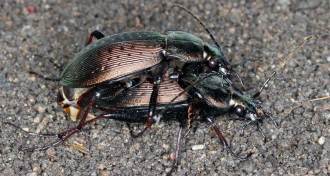 Animals
AnimalsGround beetle genitals have the genetic ability to get strange. They don’t
A new look at the genetics of sex organs finds underpinnings of conflicts over genital size.
By Susan Milius -
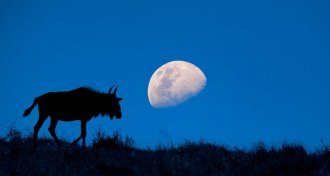 Ecosystems
EcosystemsMoonlight shapes how some animals move, grow and even sing
The moon’s light influences lion prey behavior, dung beetle navigation, fish growth, mass migrations and birdsong.
By Erin Wayman -
 Planetary Science
Planetary ScienceReaders wanted to know about asteroids, lithium batteries and more
Readers had questions and comments about asteroids, lithium batteries, and pyroclastic flows.
-
 Astronomy
AstronomyAfter all this time, the moon still manages to surprise us
Editor in Chief Nancy Shute discusses 50 years of lunar science.
By Nancy Shute -
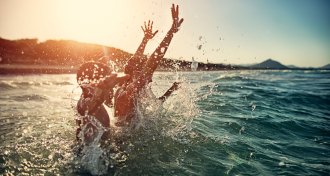 Health & Medicine
Health & MedicineBreaking down the science behind some of your favorite summer activities
Inject some science into your summer.
-
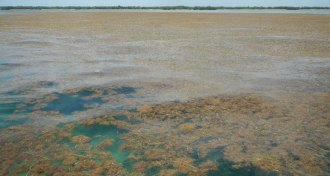 Oceans
OceansThe largest seaweed bloom ever detected spanned the Atlantic in 2018
Nutrient-rich water from the Amazon River may be helping massive seaweed mats to flourish each summer in the Atlantic Ocean.
-
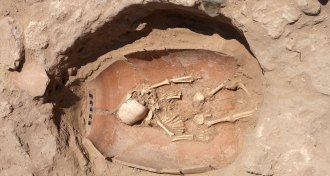 Anthropology
AnthropologyAncient DNA reveals the origins of the Philistines
A mysterious Biblical-era population may have fled Bronze Age calamities.
By Bruce Bower -
 Ecosystems
EcosystemsWhy some insect eggs are spherical while others look like hot dogs
Analyzing a new database of insect eggs’ sizes and shapes suggests that where eggs are laid helps explain some of their diversity of forms.
By Yao-Hua Law -
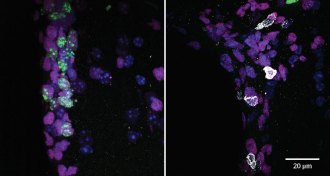 Health & Medicine
Health & MedicineRogue immune cells can infiltrate old brains
Killer T cells get into older brains where they may make mischief, a study in mice and postmortem human brain tissue finds.
-
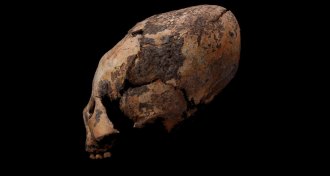 Anthropology
AnthropologyEast Asians may have been reshaping their skulls 12,000 years ago
An ancient skull-molding practice had a long history in northeastern Asia, researchers say.
By Bruce Bower -
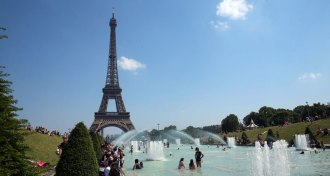 Climate
ClimateEurope’s latest heat wave has been linked to climate change
Global warming made the June heat wave at least five times more likely to happen.
-
 Neuroscience
NeuroscienceThis brain region may be why some robots send chills down your spine
Scientists may have traced the source of the “uncanny valley” sensation in the brain.